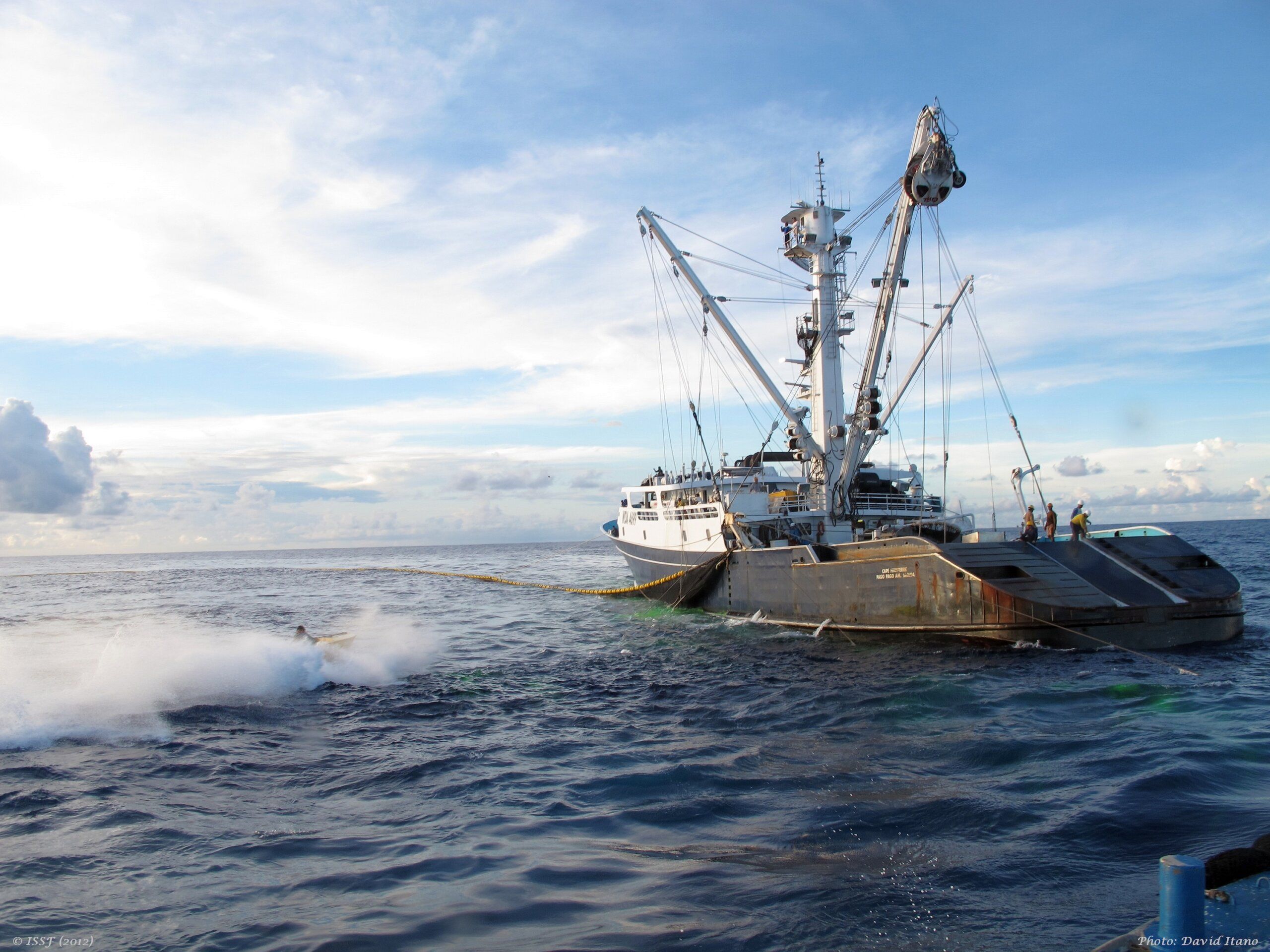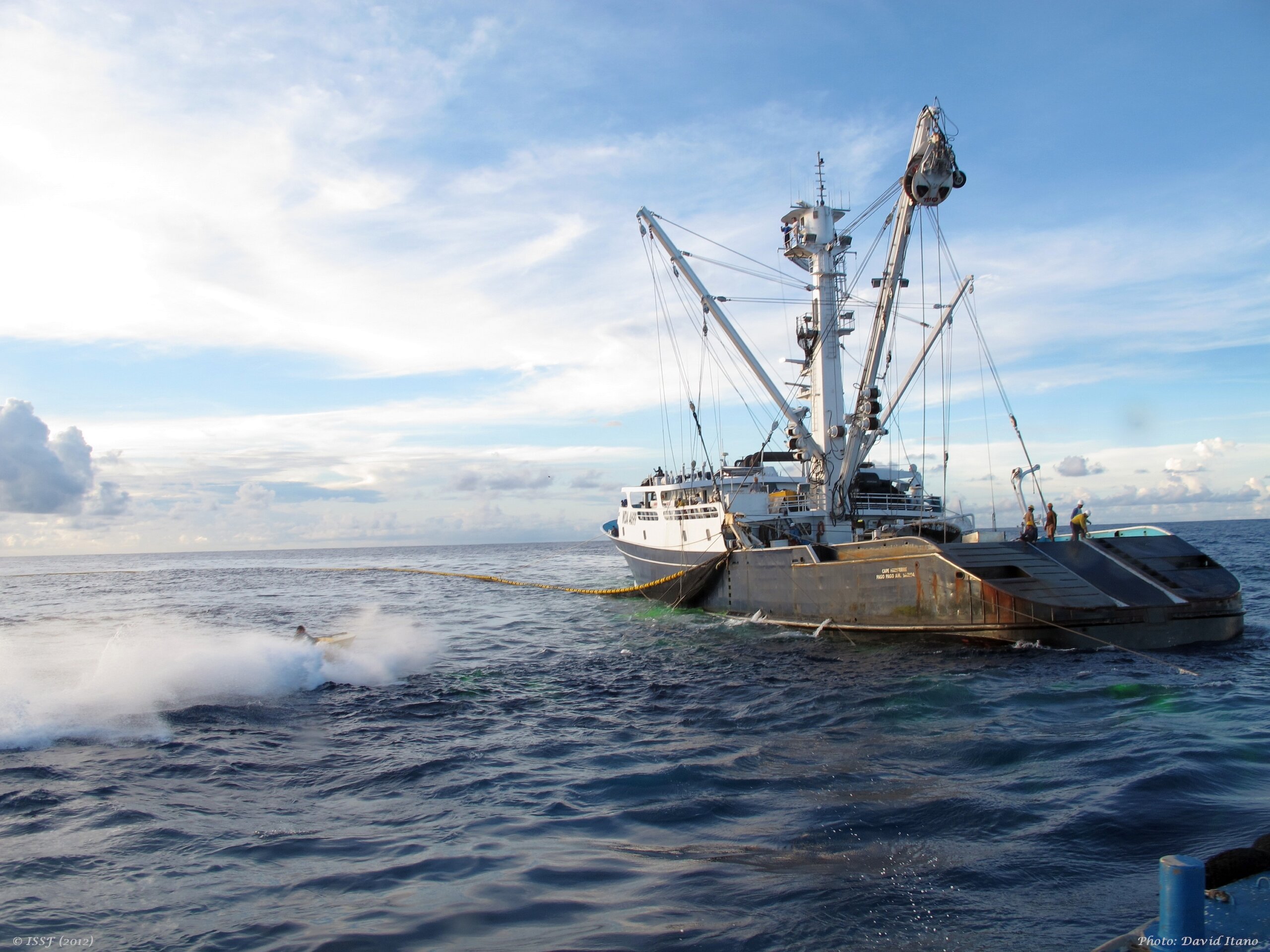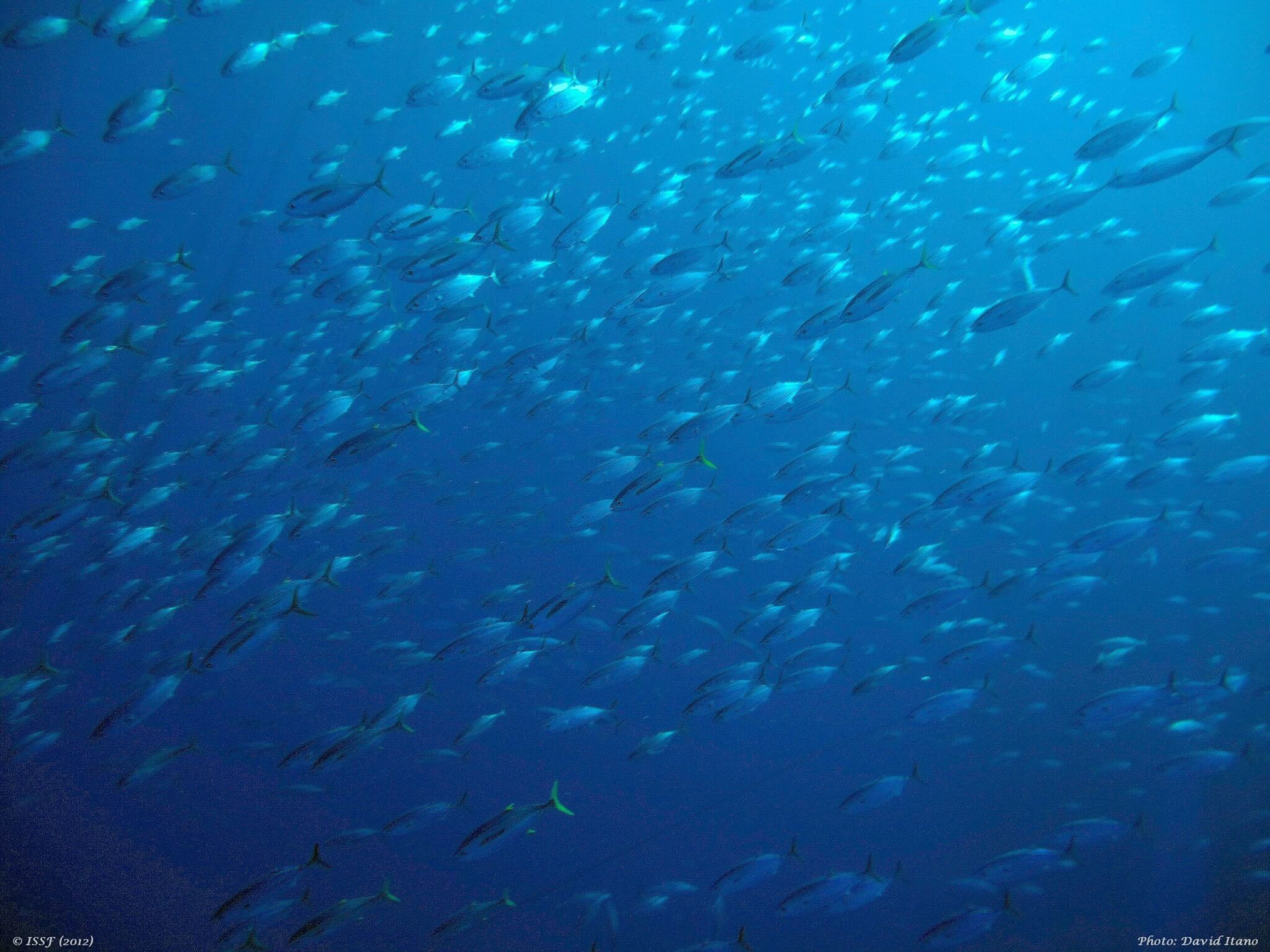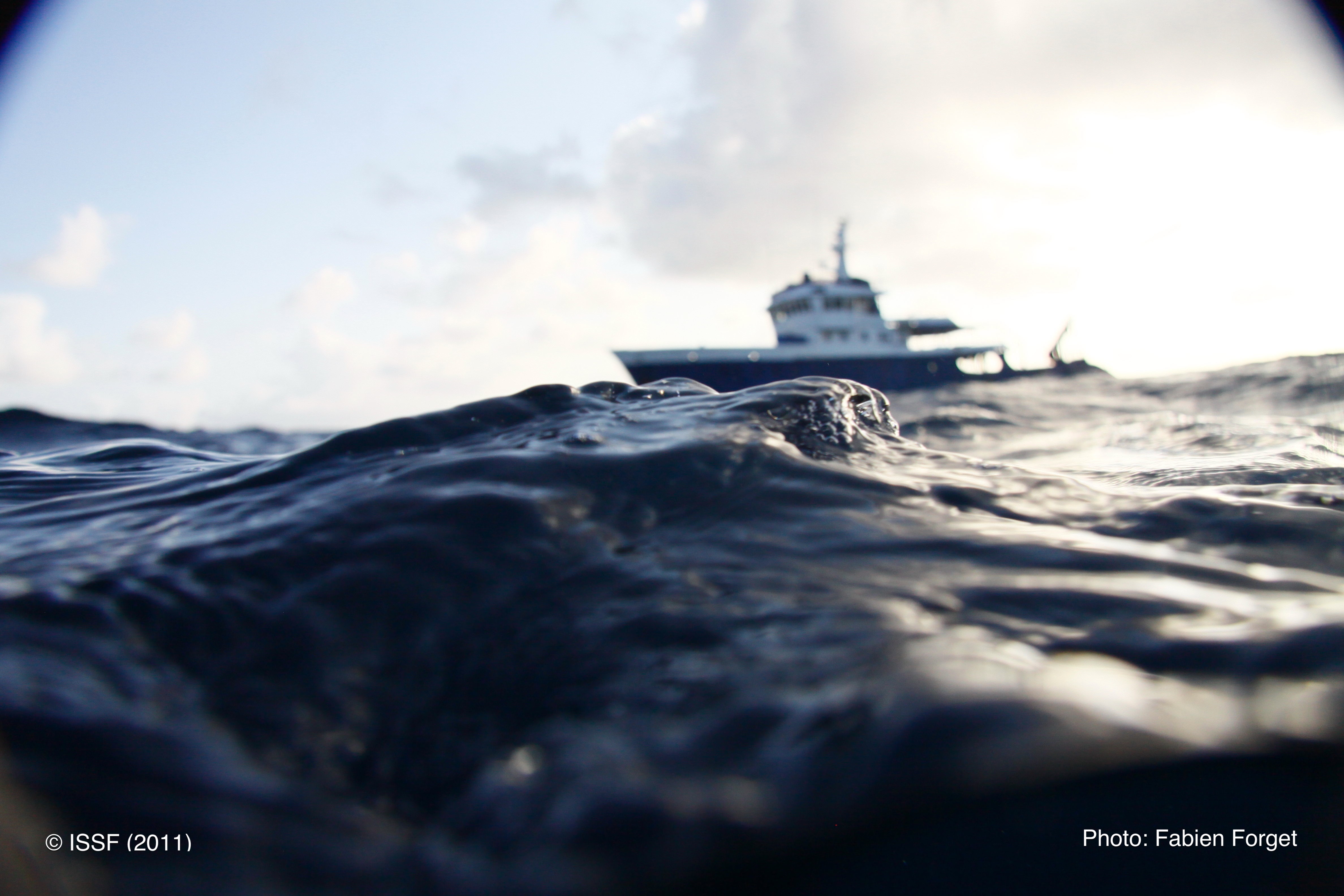Priorities for Indian Ocean Tuna Fisheries | Reviewing Our Top IOTC Asks
ICYMI
BLOG: The Need for Science-Based Conservation and Effective Monitoring in the Indian Ocean
The Indian Ocean Tuna Commission (IOTC) annual meeting presents a crucial opportunity for member nations to continue to increase cooperation toward the adoption of science-based tuna conservation measures; improved bycatch mitigation measures; and enhanced monitoring, control, and surveillance (MCS) mechanisms.
Without the adoption of catch limits and other management measures to ensure stringent adherence to such limits – all of which also demand robust compliance monitoring systems – the health of tuna stocks and the broader marine ecosystem remain at risk.
Continue reading the blog by Holly Koehler and Dr. Hilario Murua.
Featured Infographic
Impacts of FAD Use, Proposed Solutions, & RFMO Implementation Status
An updated infographic identifies solutions to several potential negative impacts of fish aggregating devices (FADs) and then tracks four tuna Regional Fisheries Management Organizations’ implementation of the solutions.
Featured Content
Fuel Consumption and Greenhouse Gas Emissions from Global Tuna Fisheries: 2024 Updated Report
Global tuna fisheries are amongst the largest and most valuable marine capture fisheries in the world. As the climate continues to warm, it is critical to understand the scale of this industry’s fuel use and related greenhouse gas (GHG) emissions, enhancing the sustainability of this fishery while contributing to global climate goals.
In 2010, Dr. Peter Tyedmers and Dr. Robert Parker undertook work for ISSF to quantify direct fuel use and associated GHG emissions from tuna fishing vessels for the 2009 fishing year. The current study by Dr. Tyedmers and Sarah Donovan serves as an update to the original assessment, providing a snapshot of fuel use and related GHG emissions estimate of global tuna fisheries and supporting activities as of 2023. By comparing the current findings with the earlier project results and data published in the literature, this report also aims to provide a sense of the trajectory of fuel use and resulting GHG emissions within tuna fisheries, as well as to identify opportunities for further improvement.
ISSF in the News
87% of Global Tuna Catch Comes from Stocks at Healthy Abundance Levels
Perishable News



